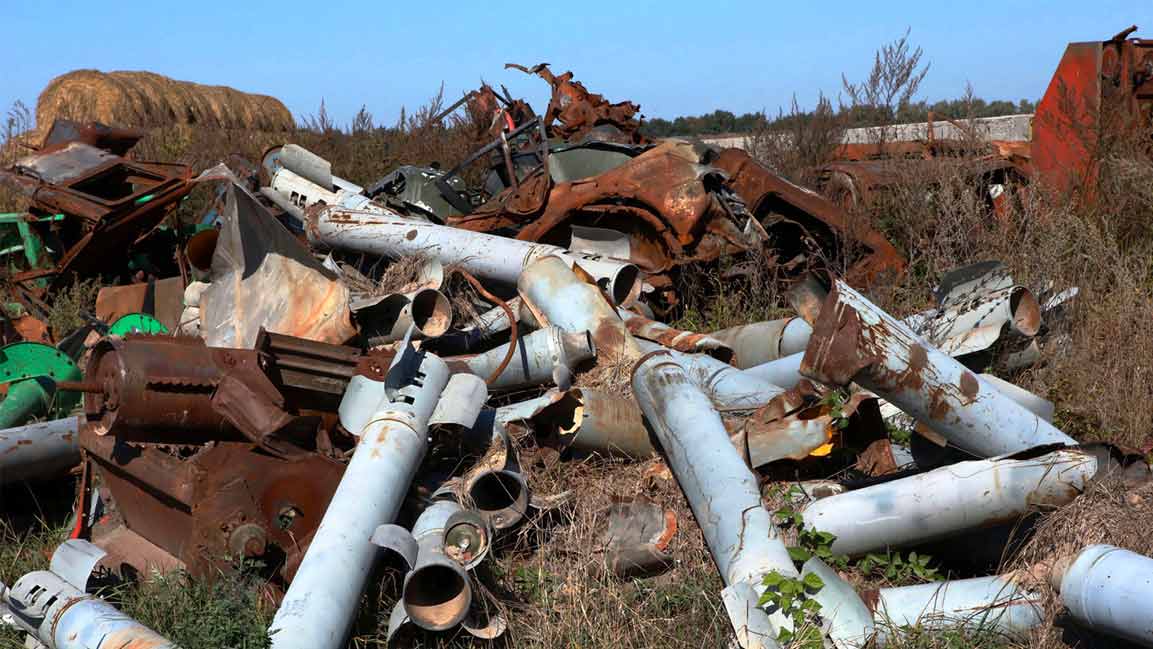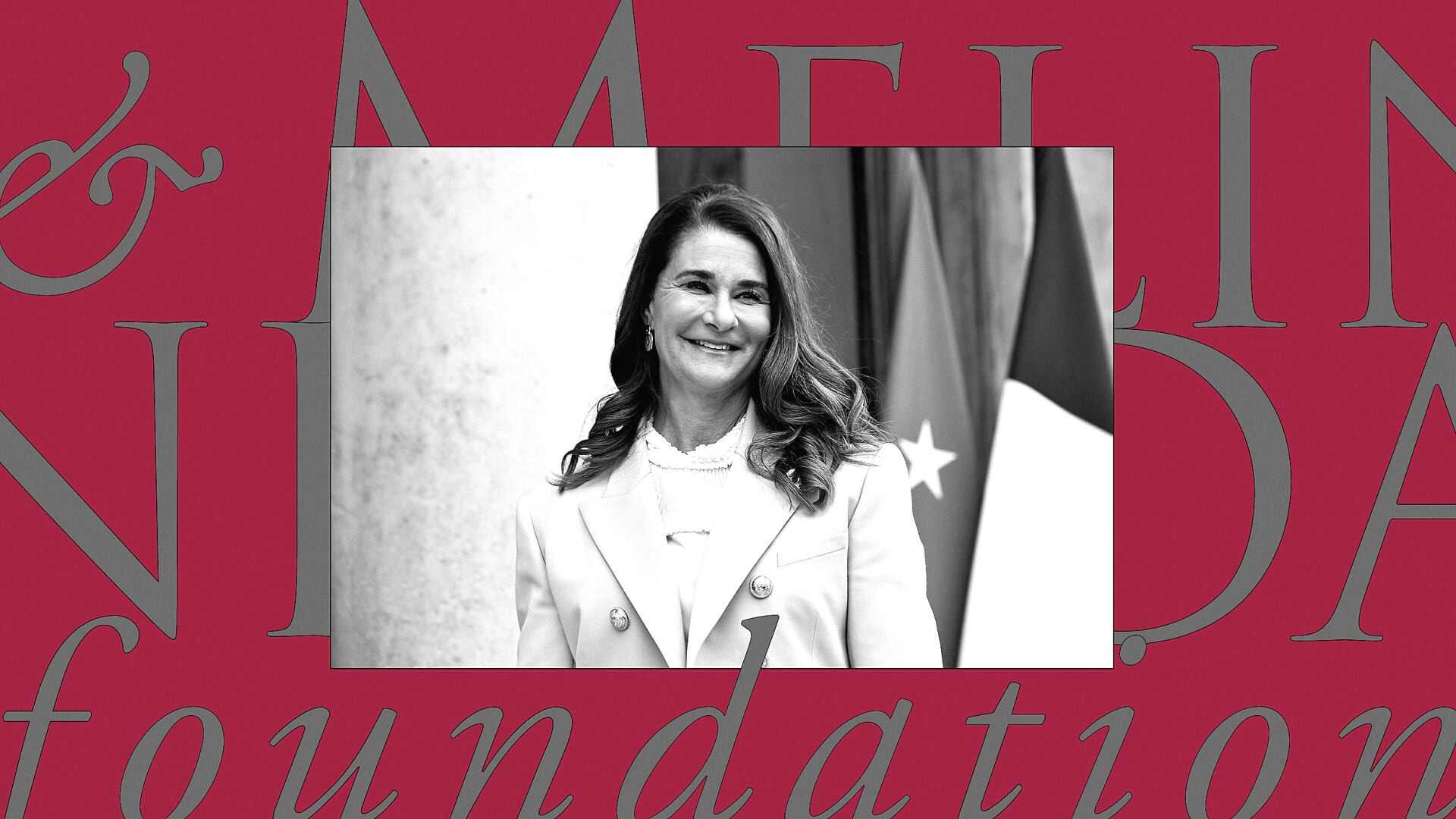- | 10:00 am
Are industry leaders bullish on the travel and hospitality industry in the Middle East?
Ahead of the Arabian Travel Market 2024, we asked the industry leaders to share insights on the outlook in the Middle East and the factors driving the growth

The hospitality industry in the Middle East continues to remain positive, signaling promising growth ahead. Saudi Arabia and the UAE remain in high demand. In fact, Saudi Arabia’s tourism sector reached a significant milestone in 2023 by welcoming 100 million visitors, seven years ahead of schedule.
Dubai’s tourism sector also achieved record-breaking numbers, welcoming 17.15 million overnight visitors in 2023, surpassing previous highs. The emirate was recently included in the 2024 Travelers’ Choice Awards’ Top Destinations category for the third consecutive year.
Furthermore, ongoing innovation and business travel within the Middle East’s hospitality sector, alongside the expansion of leisure travel offerings, positions the region as a compelling choice for global travelers. For example, Saudi Arabia’s hotel sector is set to generate $3.02 billion in revenue by 2027.
According to the World Tourism Organisation (WTO), the Middle East is the only region that achieved tourism growth over pre-pandemic levels in 2023, receiving 122% more tourists last year than in 2019.
While challenges such as geopolitical tension persist, the overall trajectory for the hospitality industry in the Middle East appears promising. By embracing innovation, diversifying offerings, and focusing on quality service, stakeholders can capitalize on the region’s immense potential and ensure sustainable growth in the years ahead.
Ahead of the Arabian Travel Market 2024, where international policymakers and experts from around the world will meet to address some of the sector’s most pressing issues, including the growing role of artificial intelligence (AI), retail tourism, and sustainable travel from May 6-9 at Dubai World Trade Centre, we asked the industry leaders to share insights on hospitality industry outlook in the Middle East and the factors driving the growth.
The outlook for the hospitality industry in the Middle East is positive, with expectations for continued growth in demand and several factors, including regional tourism, business travel, and luxury tourism, says Siegfried Nierhaus, Vice President, Middle East, Africa, India, and Tunisia at H World International.
Regional tourism is expected to sustain demand and continue to play within the Middle East hospitality sector. The region boasts a rich cultural heritage, iconic landmarks, and diverse landscapes, making it an attractive destination for domestic and international travelers. He says major events like the Dubai Expo 2020 significantly boosted tourism and drove demand for hospitality services. Saudi Arabia has also been instrumental in hosting several unique events and festivals over the last month and will continue to do so.
Ongoing infrastructure development projects, such as new hotels and entertainment complexes, and ease of travel to the region enhance the region’s attractiveness as a tourist destination and support the growth of the hospitality industry.
Stephen Ansell, Managing Director, Middle East and Africa, Hyatt, says that the hospitality industry in the Middle East continues to remain positive, signaling promising growth ahead.
In the past year, markets such as Saudi Arabia and the UAE have remained in high demand for Middle Eastern tourism. The Qatari market has also shown strong growth after the influx of World Cup supplies and the unique cultural events across the city. We have also witnessed strong growth across our Abu Dhabi properties, mainly driven by key conferences and summits in the Emirate, and we continue to see positive performances in Dubai.
Regional tourism has lately been at the core of hospitality in the Middle East. We’re witnessing encouraging trends across both business and leisure segments, with travelers from the UAE showing a strong interest in exploring neighboring destinations like Saudi Arabia. Some of the top source markets for our GCC hotels are Saudi Arabia, UAE, and Qatar. The Saudi and Qatari markets, in particular, are showing strong year-on-year growth.
Additionally, with the recent approval of a GCC common tourism visa, visitors to the region will soon be able to utilize a single tourism visa to explore all six GCC states.
Initiatives like The Red Sea Development in Saudi Arabia are igniting interest in the region. They focus on regenerative tourism that benefits local communities and ecosystems. Saudi Arabia and the UAE have made substantial progress in developing comprehensive strategies for ensuring sustainable development in their hospitality sectors. This dedication to sustainability not only preserves the region’s natural beauty but also resonates with the preferences of an increasingly eco-conscious traveler. The hospitality landscape is only poised for further growth and expansion.
For Li Hawkins, Managing Director, Insight Out Consultancy, the region’s hospitality industry is in a transformative phase shaped by technological integration, including AI and data analytics, that enhances the guest’s journey by creating a more seamless and personalized guest experience.
With large-scale mega-projects on the horizon, such as the Red Sea project in Saudi Arabia, the Wynn Resort in Ras Al Khaimah, and the new Palm Jebel Ali in Dubai, the tourism and hospitality industry is poised to remain strong going into this year and beyond.
Foreign tourists consider traveling to multiple regional destinations for the first time because they offer diverse experiences, from adventure tourism to wellness retreats and culturally authentic experiences. The UAE, Saudi Arabia, and Qatar have all witnessed an evolution in the hospitality industry in the past few years.
Providing eco-friendly experiences for environmentally conscious travelers, along with proactive government policies such as the relaxation of visa rules for tourists and the golden visa for residents in Dubai, has encouraged foreign investors and global hospitality brands to expand into the region.
On the other hand, Philip Barnes, Rotana CEO, says that the hospitality industry in the region is thriving and is undoubtedly poised for continued growth. In the region, we have seen stellar performance across Rotana properties, with hotel occupancies exceeding 95% during peak seasons last year. Thus far in 2024, we have recorded an average occupancy rate of 75% plus across all properties.
As the Middle East looks to grow its tourism offering with enhanced investments, strategies, visa procedures, and more, we see a growing trend among travelers to visit multiple countries per trip. With initiatives to simplify cross-border travel, the Middle East is becoming more accessible and appealing to visitors looking to explore the region. For our UAE hotels, countries like Saudi Arabia, Oman, and Bahrain are key market feeders, accounting for more than 30% of all bookings in 2023.
The MICE sector plays a pivotal role in driving demand in the UAE as it hosts major events, global concerts, and international trade exhibitions, attracting thousands of visitors. We have also noticed guests extend or combine their stays to accommodate business trips, leading to an increase in “bleisure” travel – a mix of business and leisure travel.
Lastly, Tatiana Veller, Managing Director of Stirling Hospitality Advisors, believes that the hospitality industry in the Middle East is poised for a resurgence. With the global economy rebounding and travel restrictions easing (and almost fully out in many cases), there’s renewed optimism for the region’s tourism sector.
Several factors contribute to this optimistic outlook. Firstly, the Middle East continues to invest in mega-projects and infrastructure development, enhancing its appeal as a tourism destination. For instance, projects like Al Ula, Amalaa, and Diriyah Gate in Saudi Arabia are expected to attract significant visitors. As another example closer to home, Abu Dhabi’s Department of Culture and Tourism announced plans to invest more than $10 billion in infrastructure as part of the emirate’s new tourism strategy, including increasing the number of hotel rooms to 52,000 from the existing 34,000. Other regional players like Oman and Qatar also see the building of many attractions and infrastructure to entice tourists. This helps the tourism industry grow and makes these countries popular travel destinations.
Moreover, the region’s commitment to hosting major international events remains a key demand driver. Global sporting events being hosted, such as the 2022 World Football Cup in Qatar, the annual Formula 1 in Abu Dhabi, or the 2030 Expo (bid recently won by KSA), draw in millions of attendees, creating substantial opportunities for the hospitality sector.
Furthermore, technological advancements and evolving consumer preferences are reshaping the industry landscape. Hotels and resorts are increasingly adopting digital solutions to enhance guest experiences and streamline operations, catering to the preferences of tech-savvy travelers.
As sustainability becomes a key focus in the travel industry, regional destinations are embracing eco-friendly initiatives and responsible tourism practices.
By capitalizing on the region’s strengths, fostering collaboration among stakeholders, and ensuring exceptional experiences for visitors, the hospitality industry can harness the immense potential of regional tourism for long-term growth and prosperity.







































